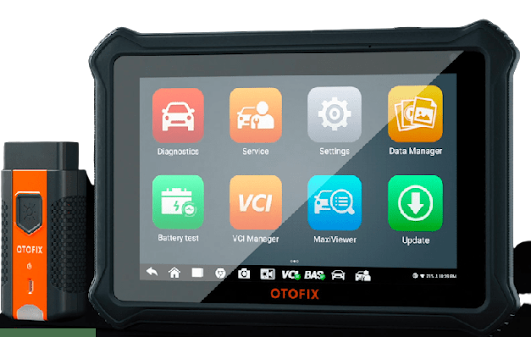OBD II Scanner: What is it, and why do you need it?
Whenever our car turns on the check engine light, our hearts sink as it may signal a major problem. However, not all alarms are true, and we're sometimes stuck with a minor issue that we could have handled on our own. And we can't help but wish for a way to know what is wrong with our car rather than driving all the way to the service station just to be told that the fuel cap was loose.
With an OBD II scanner, you can gain more insights into the problems plaguing your car. Additionally, it can monitor your car's performance in real time and allows you to customize your car's settings and pair it up with suitable hardware and software.
In this extensive guide, you will learn everything you need to know about an OBD2 scanner. Also, we'll discuss what to look for when picking a scanner, whether an OBD2 scanner can fix your car, and which scanner is the best.
What is OBD2, and how is it useful for your car?
OBD-II or Onboard Diagnostics 2 is a protocol used to determine a vehicle's state using a diagnostic scanner. There are countless useful functions this technology can perform.
Vehicles and light trucks are equipped with the OBD-II standardized system, which is used mainly for self-diagnosis. Different functions of your vehicle are monitored and controlled by the software. Additionally, it can also self-correct anomalies in the ignition and fuel mixture of your vehicle and maintain the overall health of your car by sending commands to various systems.
The OBD 2 port is standard on most car models manufactured after 2010.
Upon starting your car, the OBD system scans all the engine components to ensure they are performing as they should. The "Malfunction Indicator" or "Check Engine" light can also illuminate if the system detects a major error. The warning informs drivers that a problem needs to be fixed.
What problems can an OBD II scanner detect?
Various aspects which can impact the working of your engine's performance can be identified by the OBD system. Some of those aspects include:
● Fuel Systems
● Engine Misfires
● Emissions Control Systems
● Vehicle/Speed Idling Controls
● Computer Systems
● Transmission Systems
● Issues related to vehicle body and chassis.
The OBD system stores each error in its system through a particular code. When an OBD scanner is plugged into your car, it starts reading these error codes and runs a diagnosis to see what's wrong with your car.
Do I need an OBD II scanner?
All of our cars made after 2010 come with an OBD system, and they effectively tell us when something happens to our car by switching the check engine light. But you can still benefit from an OBD II scanner as it saves a lot of time and money you would otherwise waste at a service center. With the help of an OBD II scanner, you can know exactly what's the issue with your car and whether you need to call an expert or can do it on your own.
Check out the powerful diagnostic tool with OBD II by OTOFIX and say goodbye to frequent trips to the service station.


Comments
Post a Comment